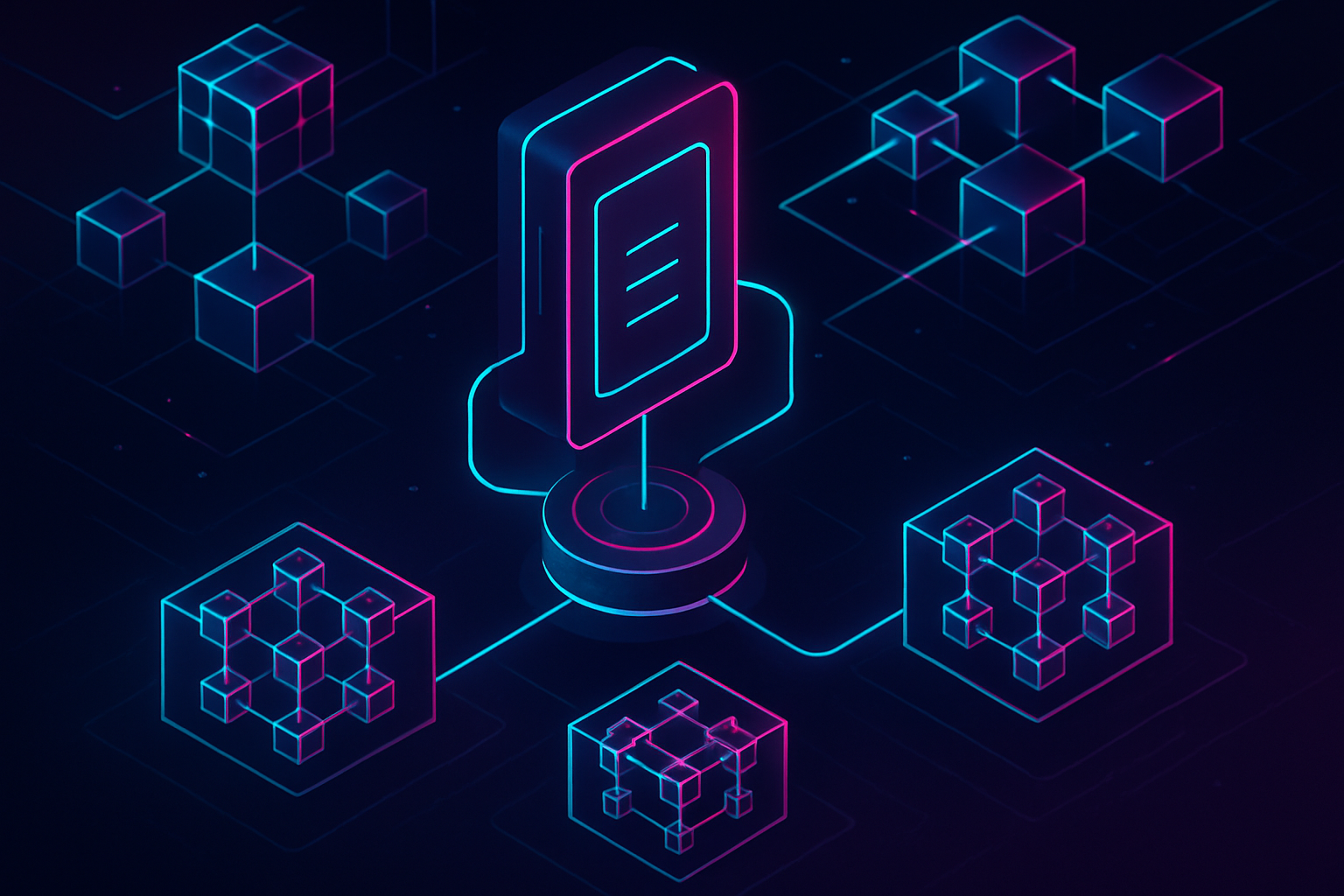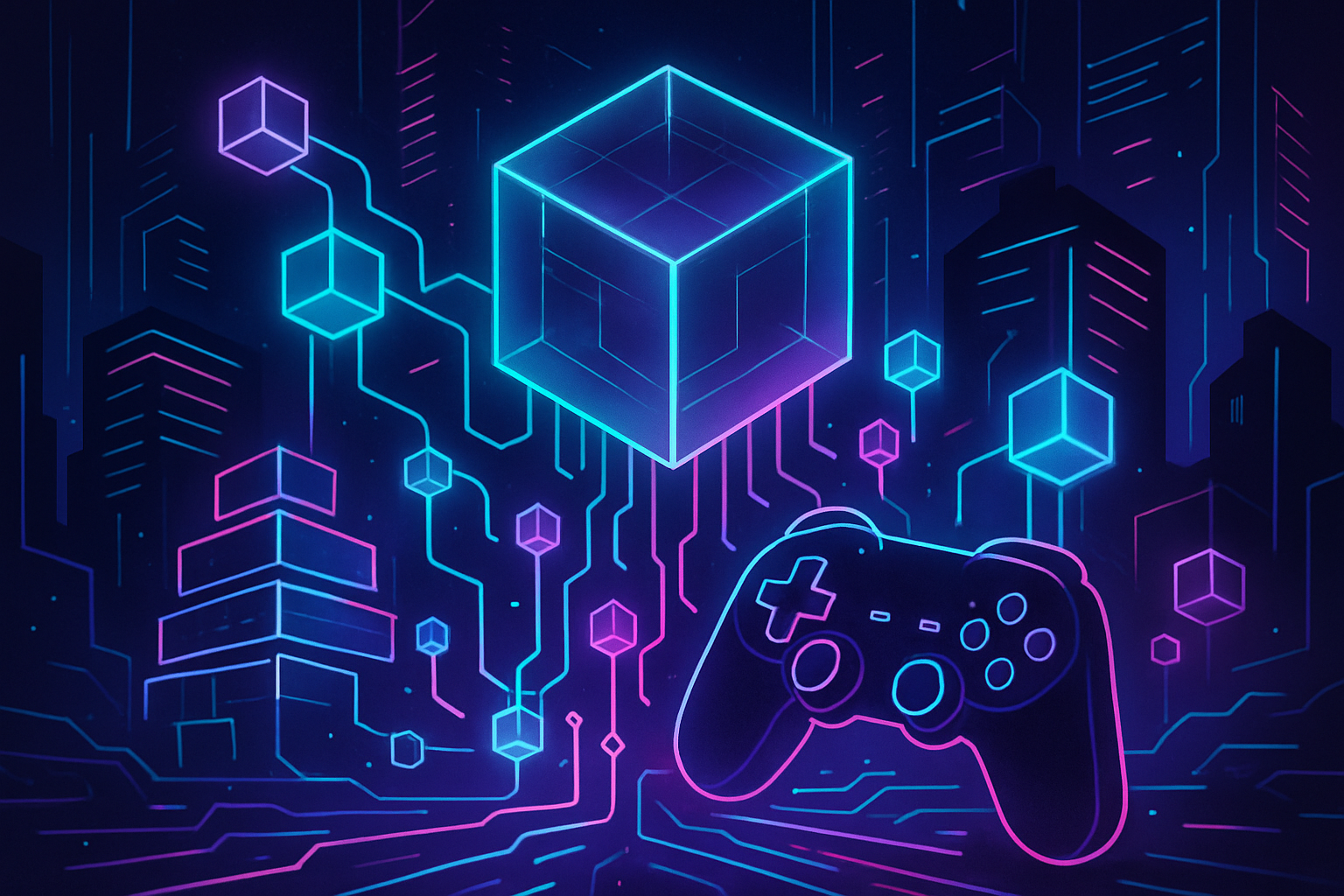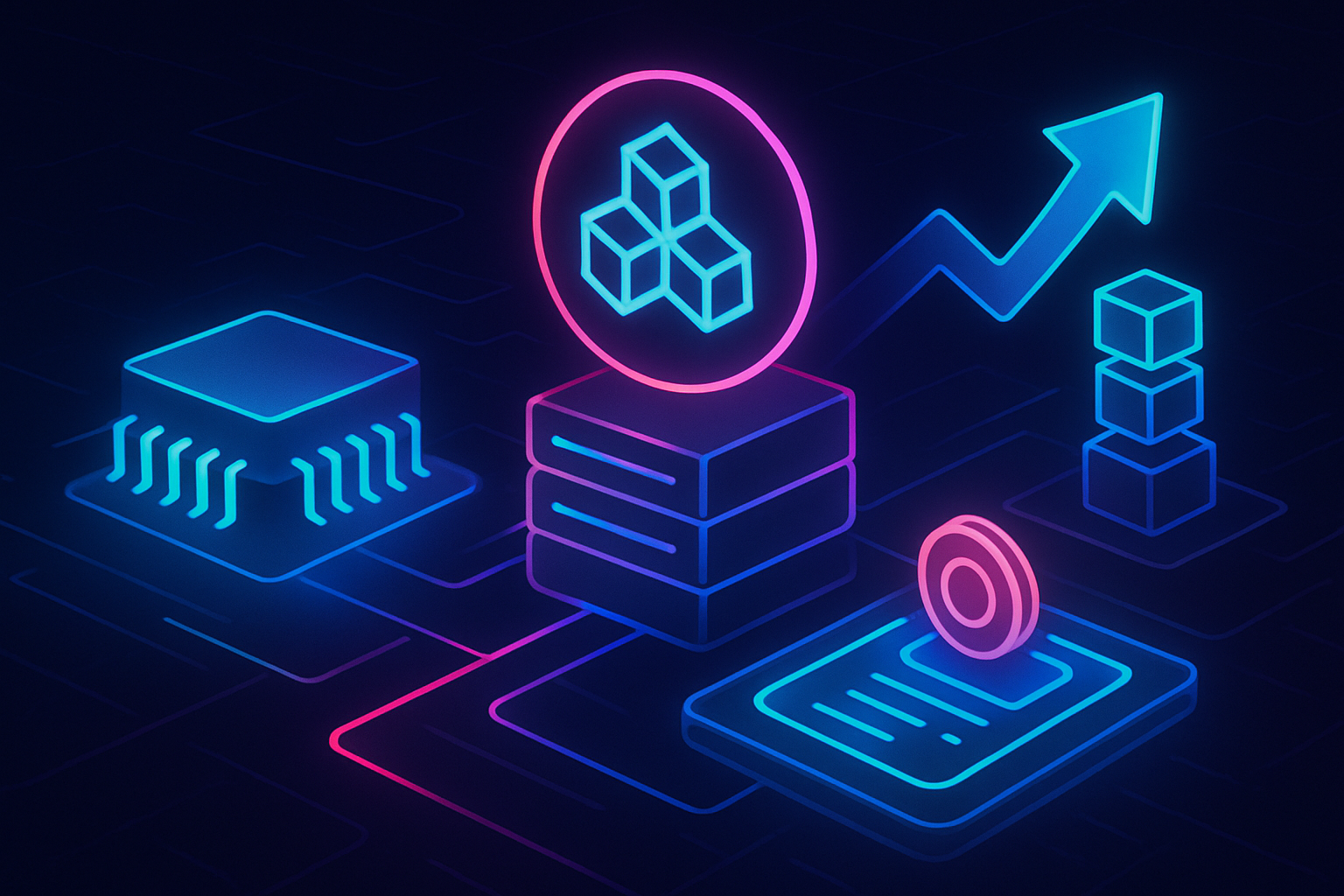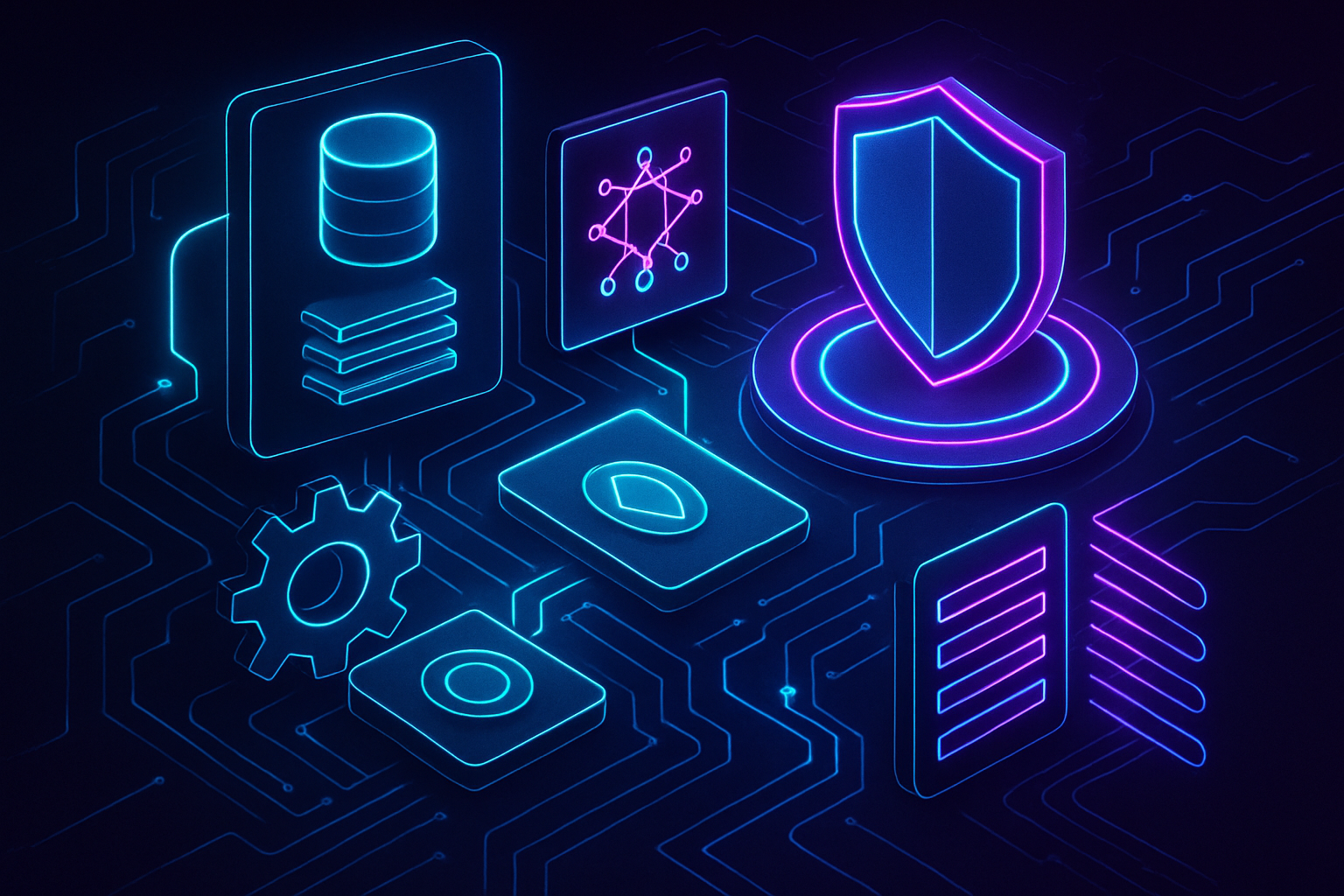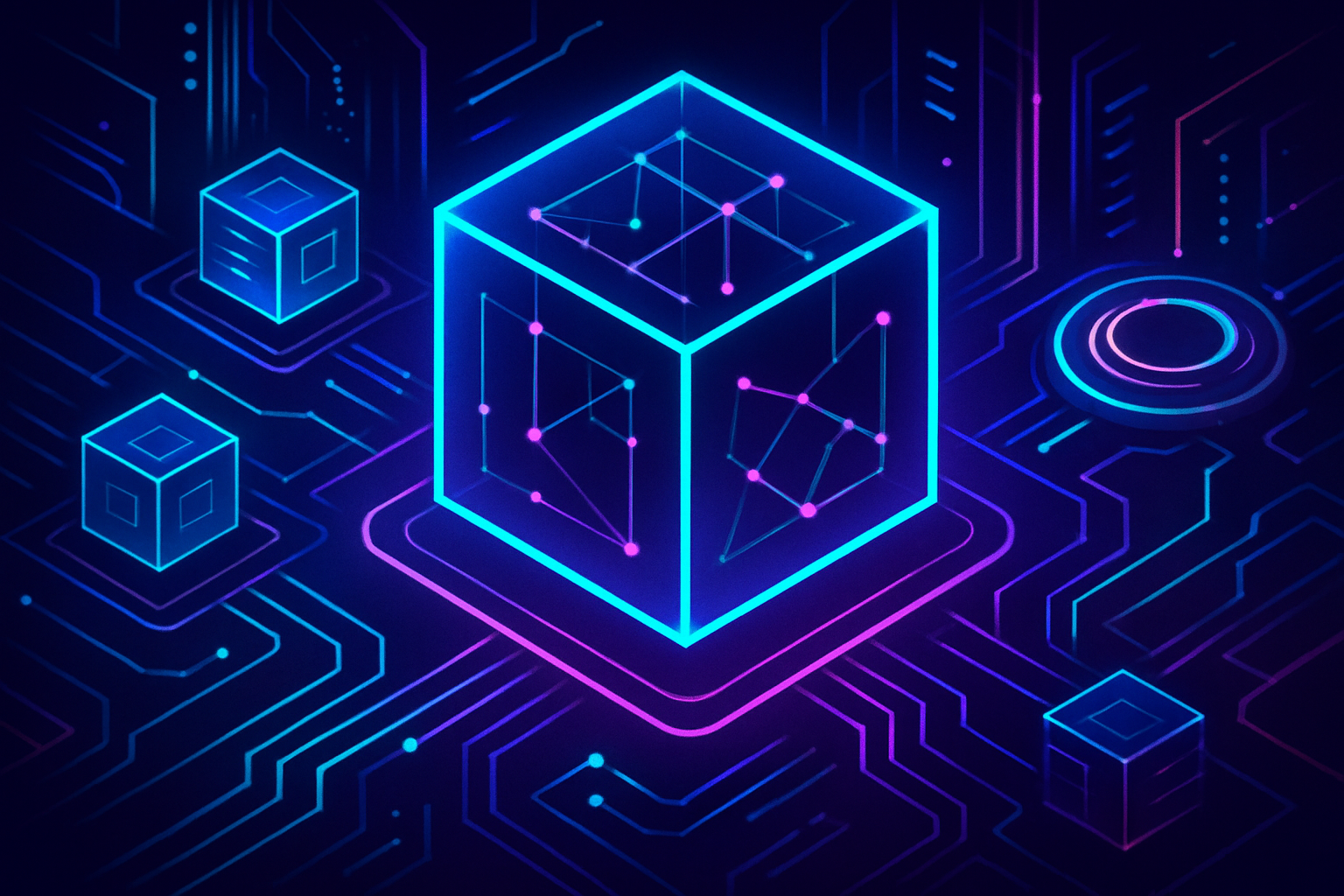
Blockchain gaming has always been a study in compromise. Developers crave the transparency and composability of on-chain logic, but users recoil at the reality of sluggish gameplay and unpredictable gas fees. In 2025, ephemeral rollups are changing that equation, ushering in a wave of instant, zero-gas fee blockchains purpose-built for real-time, fully on-chain games.

What Are Ephemeral Rollups?
The term “ephemeral rollup” describes a new class of blockchain scaling solution that compresses transaction execution into short-lived, high-speed environments. Unlike traditional rollups or sidechains, which maintain persistent state and often introduce complex bridging, ephemeral rollups operate as temporary execution sandboxes. Specific accounts or game sessions are delegated from the main chain to this specialized runtime, where transactions are processed at breakneck speed and with virtually zero cost. Once the session ends, all changes are committed back to the main blockchain, preserving data integrity and composability.
This approach is not just theoretical. MagicBlock’s implementation on Solana demonstrates how ephemeral bursts can drive cost down to zero for end users, an essential breakthrough for gaming applications that demand thousands of micro-interactions per minute.
“Think of them as temporary side-worlds that handle all real-time actions, movement, combat, item pickups, before syncing back to the main universe. “
10ms Block Times: Why Speed Matters for On-Chain Gaming
The difference between a playable on-chain game and an unplayable one is measured in milliseconds. Solana’s mainnet already boasts impressive 400ms block times, but even that feels sluggish compared to modern multiplayer standards. Ephemeral rollups slash this latency by an order of magnitude: MagicBlock’s architecture routinely achieves sub-50ms block times, and in some cases as low as 10ms. This is not just theory; real-world games like Supersize and Rush have leveraged these runtimes for seamless on-chain movement and combat.
Leading Games Powered by MagicBlock’s Ephemeral Rollups
-
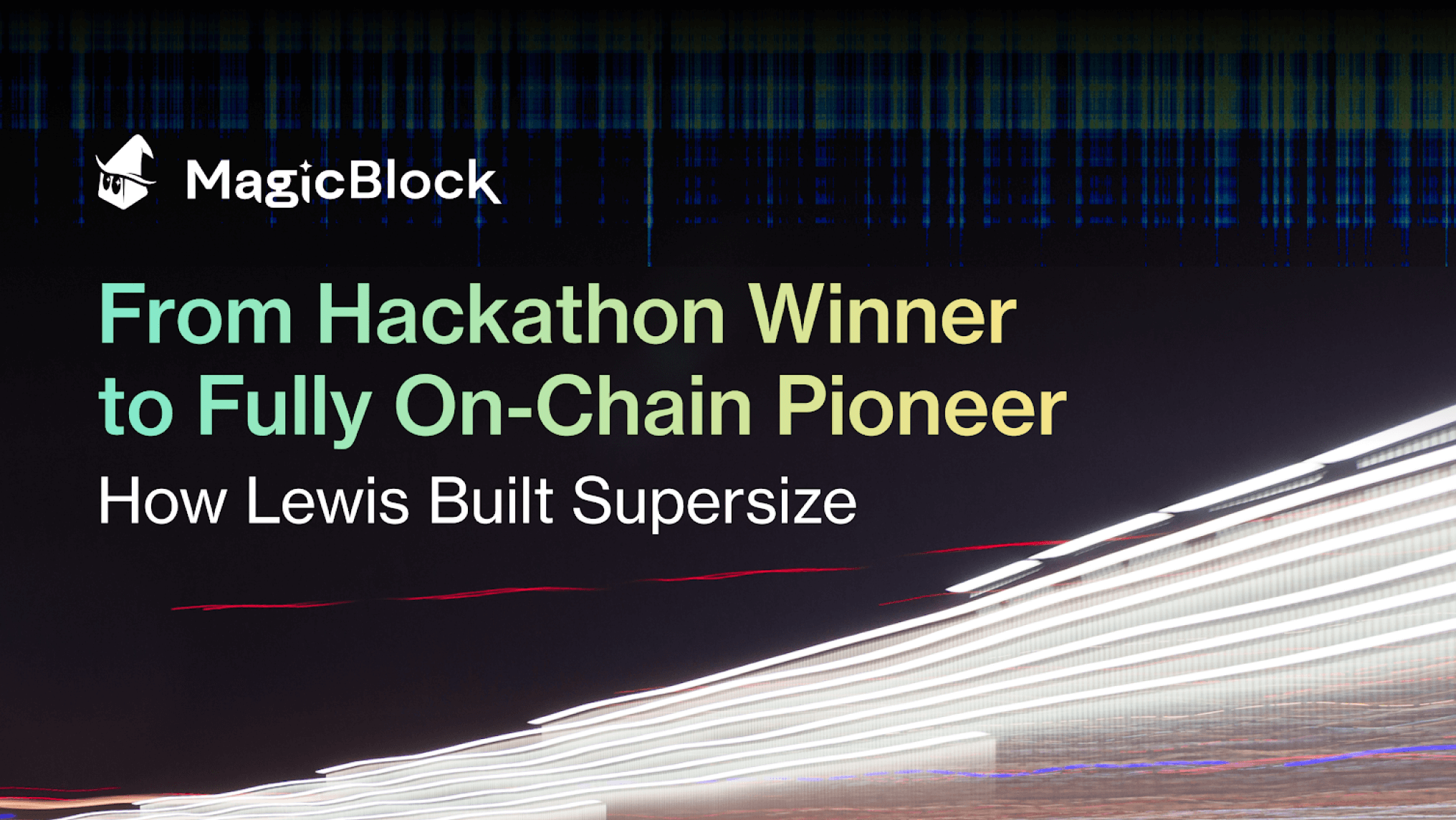
Supersize – A fully on-chain, real-time action game leveraging MagicBlock’s ephemeral rollup architecture for gasless, ultra-fast gameplay. Supersize demonstrates how ephemeral rollups can deliver sub-50ms latency and seamless user experience without compromising blockchain security.
-
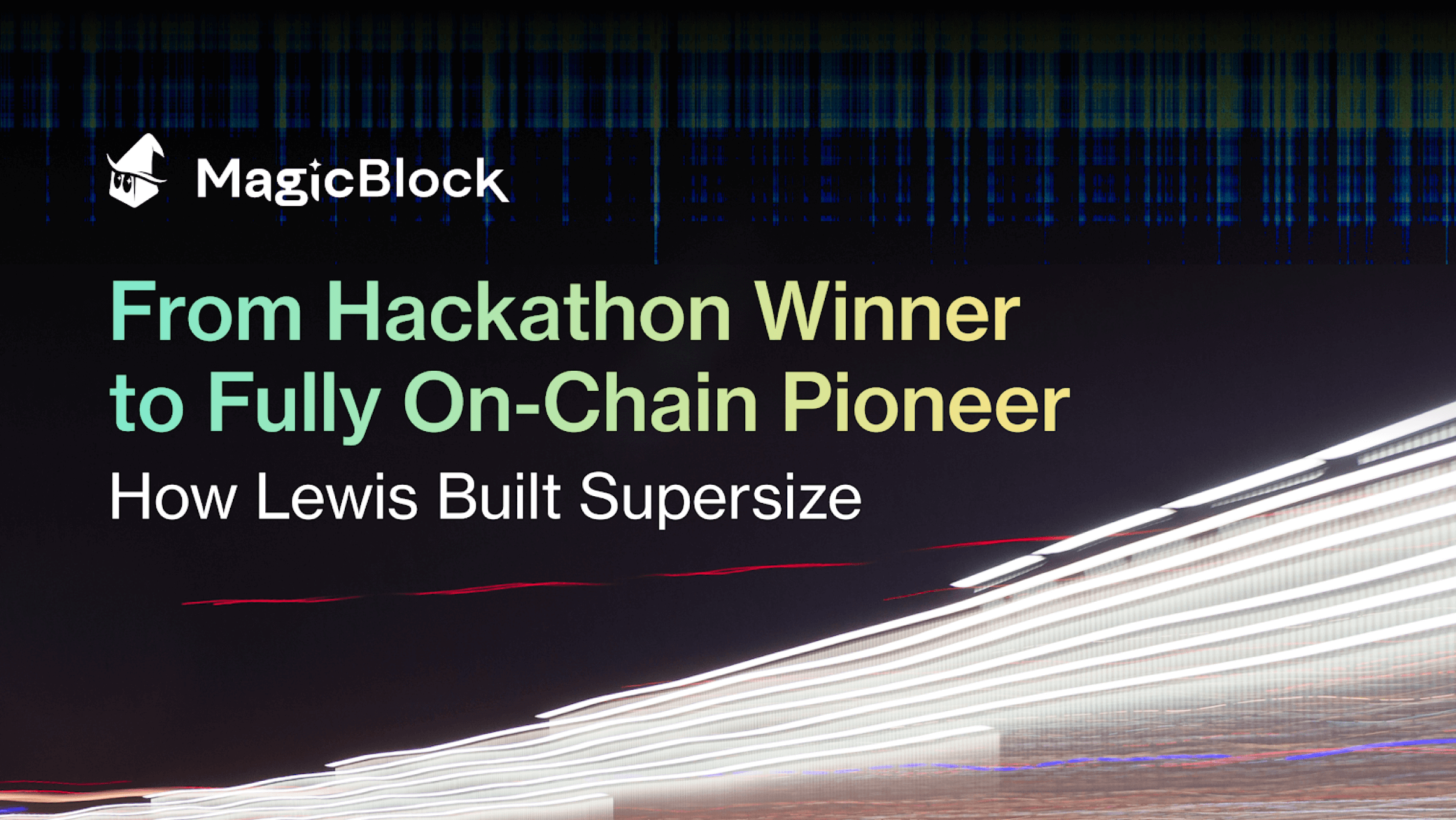
Rush – A real-time on-chain quiz game built on MagicBlock’s ephemeral rollups. Rush utilizes 10ms block times and zero transaction fees to enable instant, interactive gameplay, showcasing the potential of ephemeral rollups for competitive, latency-sensitive gaming.
The result? Real-time responsiveness that rivals Web2 gaming infrastructure while retaining all the composability and transparency of Web3 primitives. Players can move, trade items, and interact with smart contracts, all without waiting for slow confirmations or paying unpredictable gas fees.
Zero-Gas Fee Blockchains: The Holy Grail for Mass Adoption
No matter how innovative your gameplay loop is, nothing kills user engagement faster than a $5 transaction fee just to pick up an in-game item or cast a spell. By processing transactions off-chain during each ephemeral session, and only settling final state changes on L1, these systems eliminate most user-facing costs entirely.
This isn’t just good UX; it’s a fundamental unlock for mass adoption. As highlighted by MagicBlock’s Supersize case study, gasless interactions enable new economic models where microtransactions become viable again. Game economies can flourish without being strangled by operational friction, a crucial step toward sustainable play-to-earn ecosystems.
The Strategic Edge: Composability Without Compromise
A persistent criticism of app-specific chains has been their tendency to fragment liquidity and isolate assets from broader DeFi ecosystems. Ephemeral rollups sidestep this trap by preserving full composability with the parent chain. Game assets remain native to L1 throughout their lifecycle; only execution is offloaded temporarily.
- No bridges required: Assets don’t leave the main chain, they’re simply delegated during active sessions.
- No liquidity fragmentation: Players can freely trade or utilize their assets across DeFi protocols before and after gameplay sessions.
- No trust assumptions: State commitments are verifiable on-chain, maintaining security guarantees even at lightning-fast speeds.
This architectural choice positions ephemeral rollups as a strategic enabler, not just for gaming but also for any application demanding high throughput without sacrificing interoperability.
As the technical barriers to real-time, on-chain gaming fall away, ephemeral rollups are rapidly becoming the backbone of next-generation blockchain gaming infrastructure. Developers now have a toolkit for building experiences where the blockchain fades into the background, where players interact, compete, and transact at Web2 speeds, but with all the ownership and programmability that only crypto can offer.
From Niche Experiment to Industry Standard
The impact of ephemeral rollups is already visible in live deployments. MagicBlock’s Rush, a real-time quiz game, showcases how 10ms block times and zero-fee play can support thousands of concurrent actions without lag or cost spikes. These advances aren’t limited to trivia or simple arcade games. Complex MMOs like Supersize are pushing the boundaries further, demonstrating that fully on-chain economies, PvP combat, and dynamic asset trading can all be supported natively on a zero-gas fee blockchain environment.
This evolution is not lost on investors and studios. The ability to eliminate gas fees while maintaining composability with major L1s is emerging as a non-negotiable requirement for any project seeking mainstream adoption. Ephemeral rollups don’t just make games smoother, they unlock entirely new business models around microtransactions, digital collectibles, and interoperable assets.
Top Benefits of Ephemeral Rollups for On-Chain Gaming
-
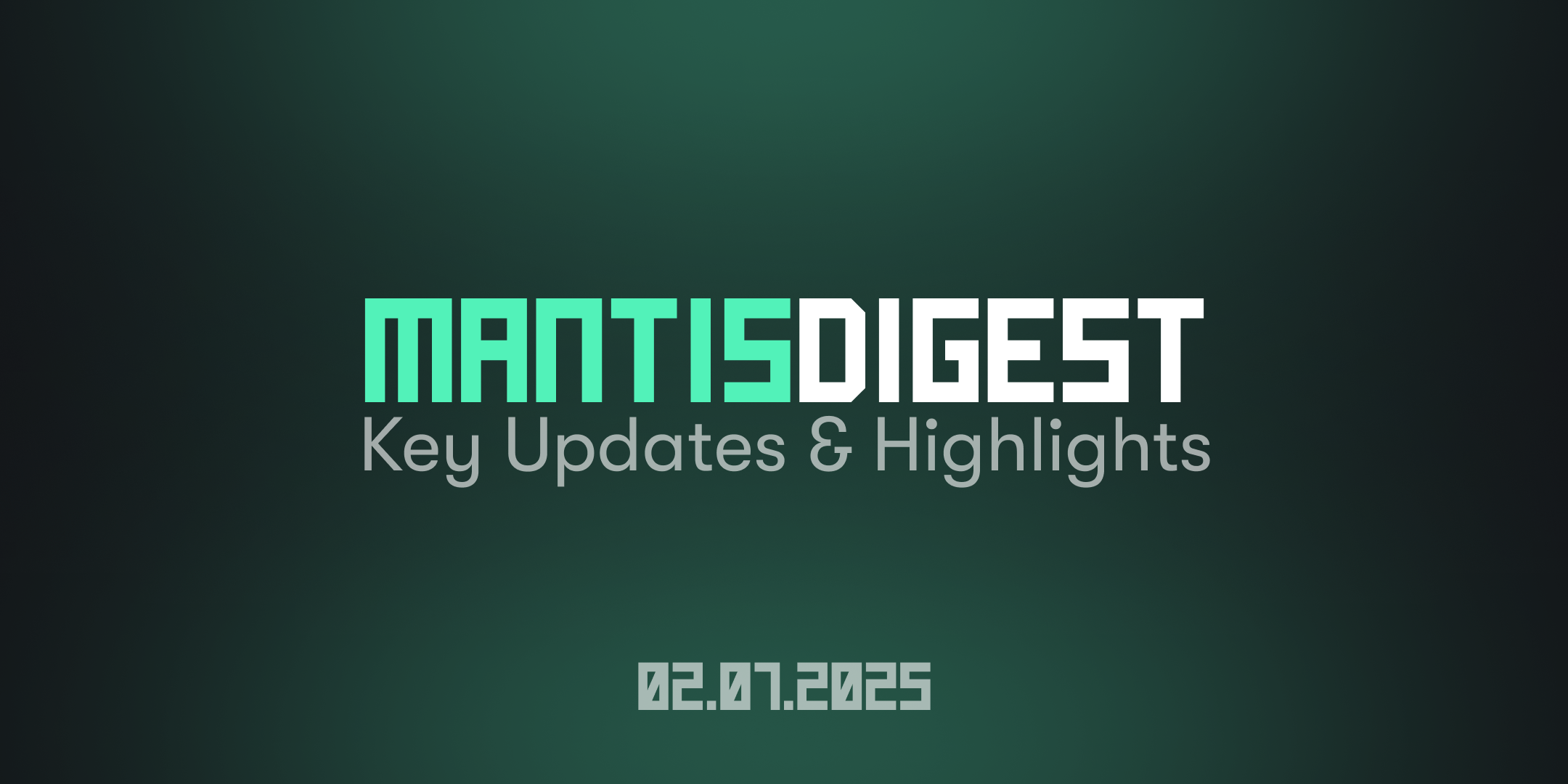
Ultra-Low Latency Gameplay: Ephemeral rollups enable real-time responsiveness with block times as low as 10–50 milliseconds, delivering the speed competitive on-chain games demand.
-
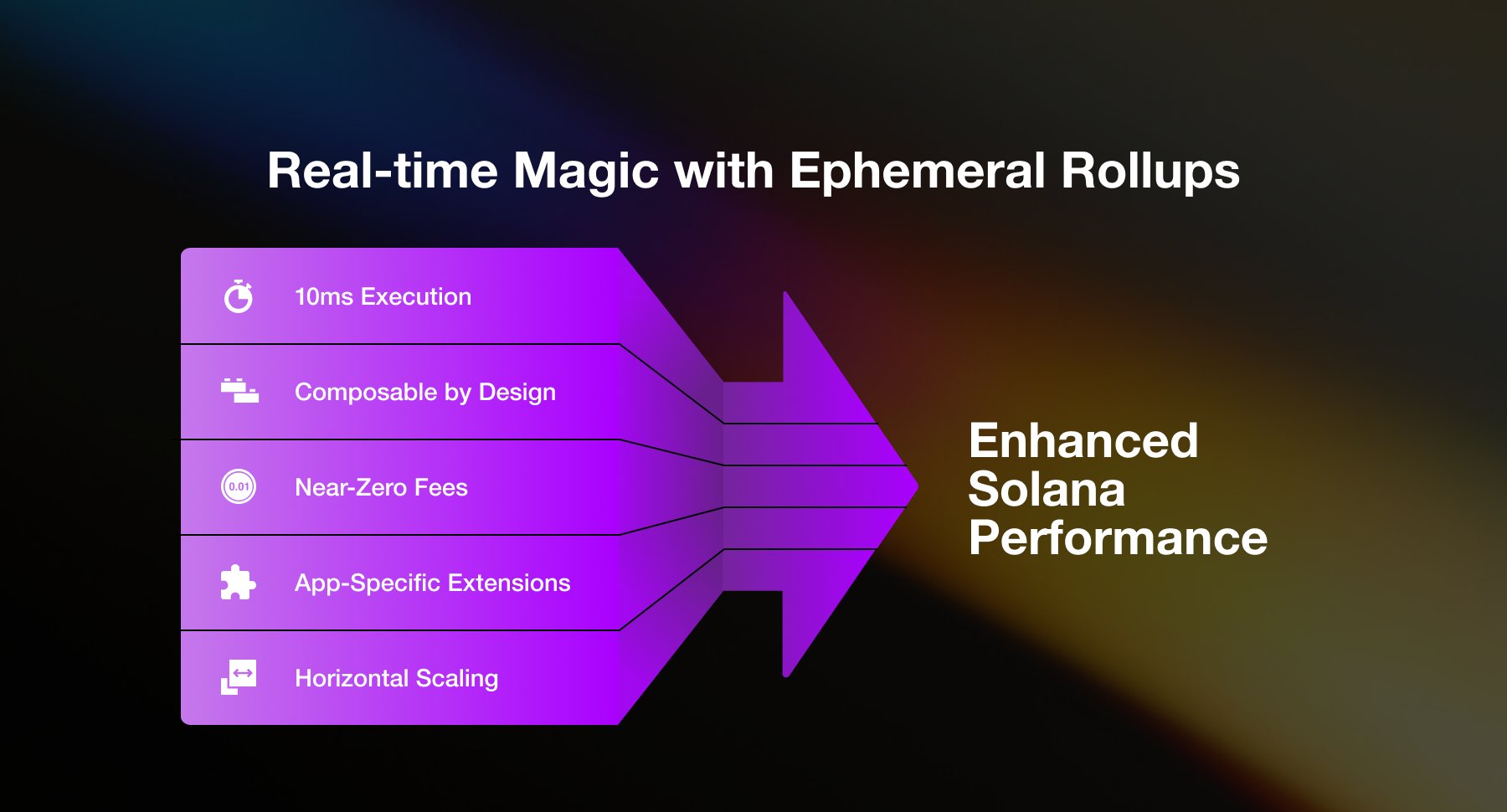
Zero-Gas Transactions: By processing in-game actions off-chain during rollup sessions, players enjoy gasless interactions, removing cost barriers and friction from gameplay.
-

Seamless Composability: Game assets and logic remain on the main blockchain, ensuring full compatibility with the broader ecosystem and preventing liquidity fragmentation.
-
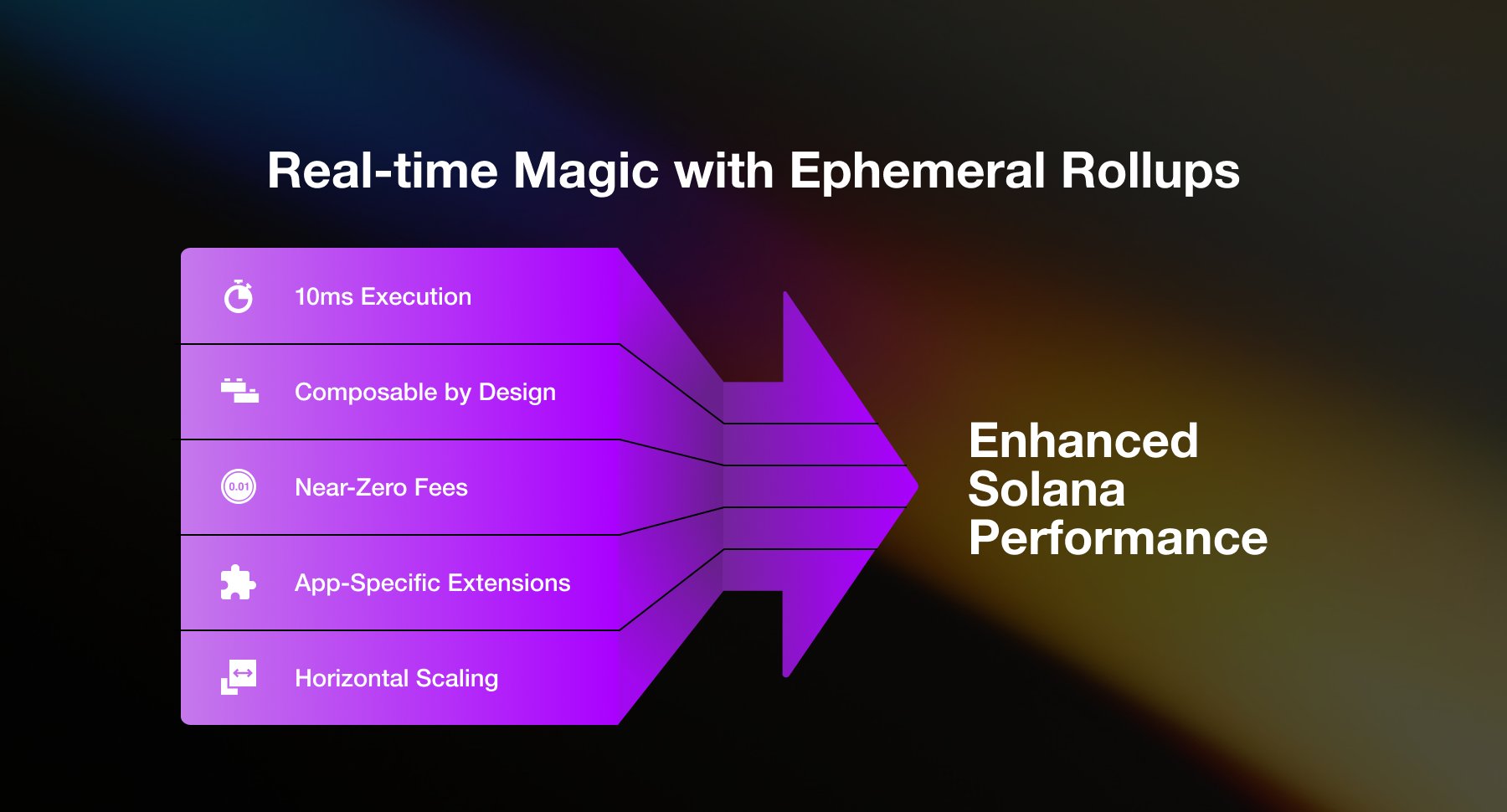
Scalability Without Sacrificing Security: Ephemeral rollups temporarily delegate execution while maintaining on-chain security guarantees by settling state back to the main blockchain after each session.
-
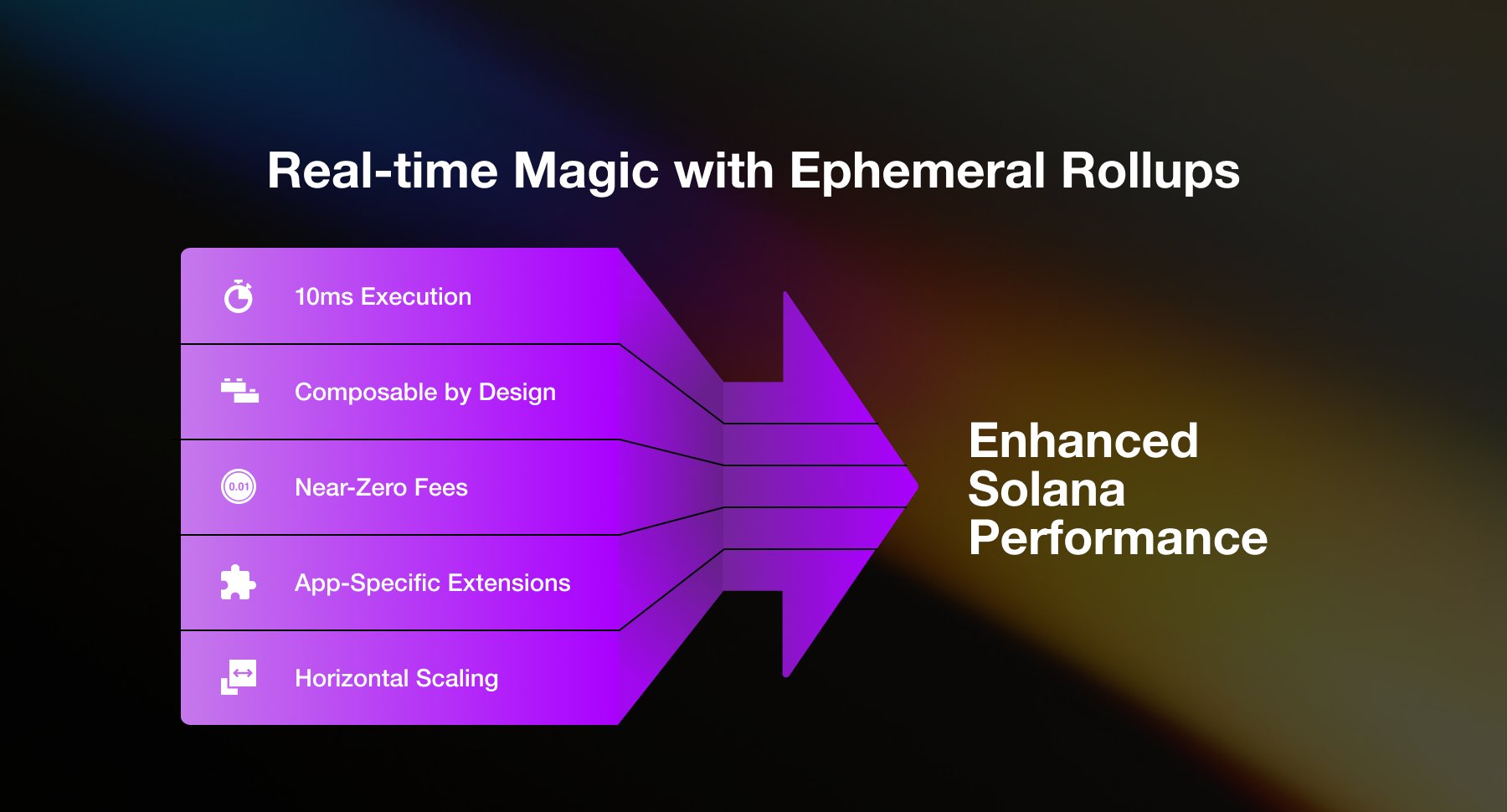
Enhanced User Experience: Instant, uninterrupted gameplay—without transaction delays or fees—makes on-chain games more accessible and engaging for mainstream audiences.
Beyond Gaming: A Template for All High-Throughput dApps
The implications reach far beyond entertainment. Any decentralized application that demands rapid-fire user interactions, think DeFi trading platforms that require sub-second settlement or social apps with high-frequency messaging, stands to benefit from ephemeral rollup architecture. The design pattern of delegating execution off-chain, then committing state back to L1, offers a universal solution to blockchain’s perennial scalability dilemma.
This isn’t about abandoning security or decentralization for speed; it’s about optimizing resource allocation so that each transaction gets exactly what it needs, no more, no less. As noted in recent research (see MagicBlock’s guide), configuring block times between 1ms and 50ms allows builders to tailor their infrastructure for everything from hyper-casual games to professional eSports tournaments.
The Road Ahead: Specialized Fee Markets and Custom App-Chains
Ephemeral rollups are also catalyzing a rethinking of specialized fee markets within custom app-chains. By decoupling user experience from network congestion and variable gas prices, developers can experiment with innovative monetization strategies: session-based access passes, ad-driven gameplay incentives, or even dynamic NFT minting tied directly to in-game achievements, all without exposing users to unpredictable costs.
The net effect? A more inclusive blockchain ecosystem where economic friction doesn’t gate creativity or participation. For studios and indie devs alike, this means faster iteration cycles and fewer compromises between vision and reality.
“Speed isn’t just about user experience, it’s about unlocking entirely new design spaces for decentralized apps. “
The momentum behind ephemeral rollups signals a strategic inflection point for both blockchain gaming and broader decentralized application development. As these instant execution environments become standard tooling across Solana and beyond, expect an explosion of use cases, from real-time financial primitives to immersive virtual worlds, powered by truly scalable infrastructure.
